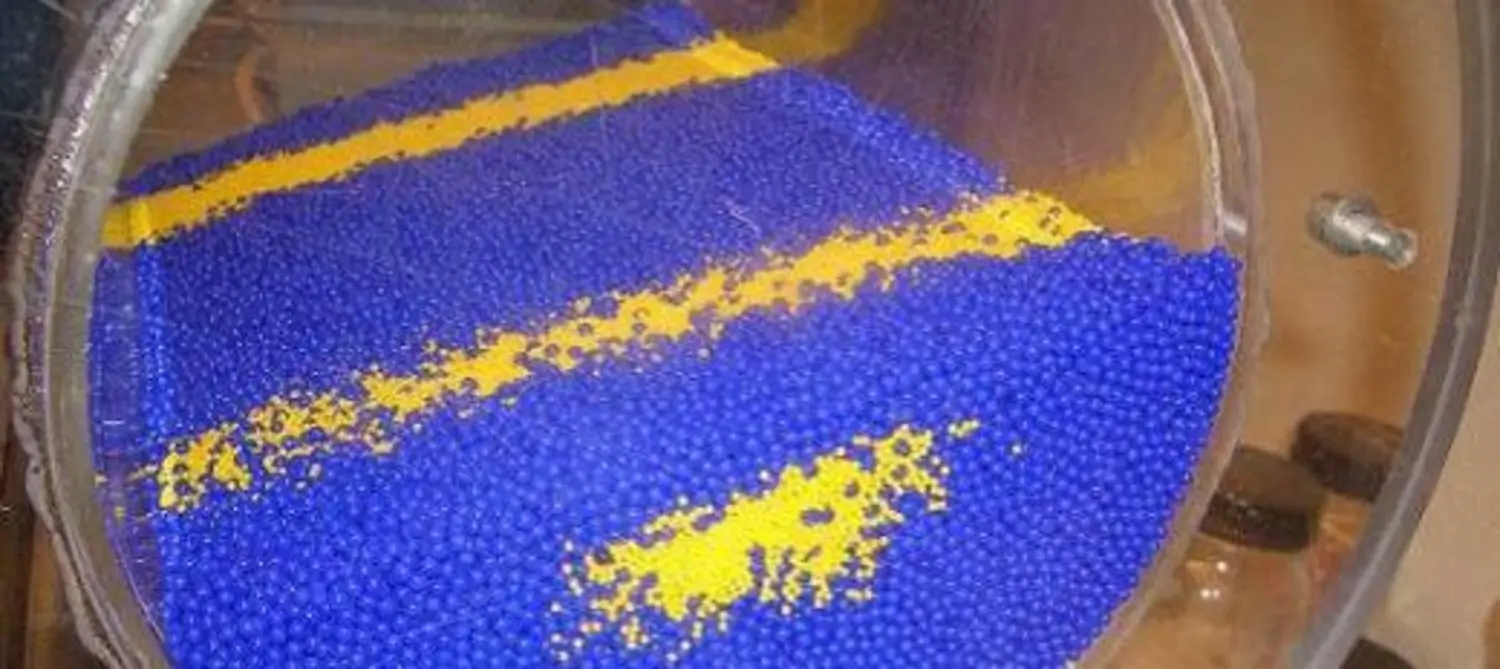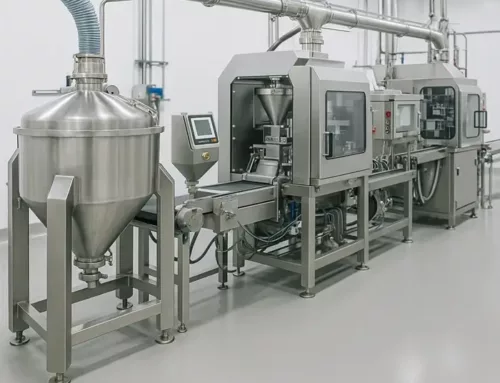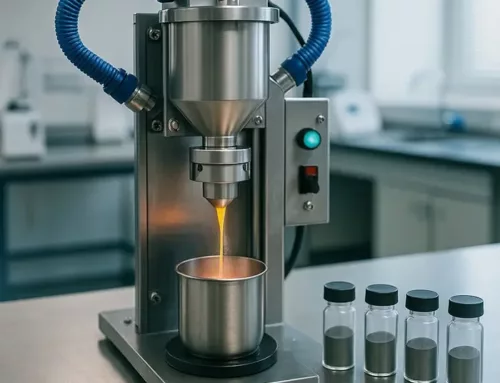
Bulk solids mixing is essential across industries, including food, pharmaceuticals, building materials, and petrochemicals. As global markets grow, the need for efficient mixing technology becomes more critical. In today’s fast-paced industrial landscape, time and cost efficiency play a significant role in maintaining competitiveness.
The Role of Bulk Solids Mixing Technology Across Industries
Premixes in the feed industry blend vitamins, minerals, and antibiotics. In the pharmaceutical industry, active pharmaceutical ingredients (APIs) are mixed with excipients and fillers. The food industry blends powders for products such as instant soups, spice mixes, and cocoa powders.
Each of these industries depends on advanced mixing technology to maintain consistency and quality. Over the last 30 years, mixing technology has evolved to meet growing demands for flexibility, ease of use, and the ability to handle larger batch sizes. A key challenge remains: achieving a homogenous blend while minimizing segregation within the mixture.
Preventing Segregation in Bulk Solids Mixing
Segregation, or demixing, can occur during mixing, pneumatic transport, storage, or transportation. Differences in particle size, shape, or density often cause this issue. Segregation appears in the forms of fluidization, sifting, and dusting.
- Fluidization occurs when air is introduced into the powder, causing the lighter particles to rise to the surface, while the heavier ones settle at the bottom.
- Sifting happens when smaller particles move through a matrix of larger particles, concentrating in the center while the larger ones settle at the edges. When the mixture is discharged, the smaller particles release first, followed by the larger ones.
- Dusting results when smaller particles remain airborne longer and settle on top of the blend during transport or loading. This causes the lightest particles to accumulate at the surface.
Understanding and Preventing Segregation
We can predict segregation using specialized research setups that evaluate fluidization, sifting, and dusting behaviors. These studies assess the likelihood of segregation based on particle size and density. With this knowledge, companies can select the right mixing equipment for each formulation.
Research on segregation tendencies also guides mixer selection. Blends prone to segregation often need high shear mixers to ensure uniform and effective mixing.
Understanding and Preventing Segregation
Segregation can be studied and predicted using dedicated research setups that evaluate fluidization, sifting, and dusting behaviors. These studies help identify the likelihood of segregation based on particle size and density differences. By understanding these principles, it becomes possible to select the right mixing equipment for each formulation.
Research on segregation tendencies also assists in selecting the appropriate mixer. For example, blends that are prone to segregation may require a high shear mixer to ensure effective and uniform mixing.
Conclusion in regards to Bulk Solids Mixing Technology
Mixing bulk solids is an integral part of many industrial processes, and effective technology is essential for ensuring product quality. By understanding the mechanisms of segregation and using tailored research and equipment, industries can optimize their mixing processes and achieve better results with less waste.




